Web3: Understand what it is and the changes it can bring the financial industry
![]() 12 minutes reading
12 minutes reading
Web 3.0 has come from the cryptocurrency world, but it is a lot more extensive and complex than that. Do you know how the next stage of the Internet is going to work, and what to expect from it?
Despite the advances promoted by Web2, its high connectivity and interactivity started taking a toll on the users. By providing their information in exchange for convenience when using the network, users were vulnerable to individuals leaking or selling of their personal information.
Also, content creators now depend on major platforms to deliver their products/services, while also having limited agency over their generated traffic volume and, consequently, their revenues.
In general, society has been demanding more protection and autonomy in relation to data controlled by big techs. Thus, the search for a technology that enables the navigation without dependence on intermediaries has been growing. The initial desire to maintain the decentralized data, which was present in Web Version 1, has been reignited.
Adding to that growing discontent, the emerging cryptocurrency industry has driven the development of a new Web3. However, it is important to mention that it is not simply an evolved Web2. In fact, it is a disruptive technology, with a new structure, working parameters and stakeholders. And it will completely change the way people do business around the world. Keep reading to learn more!
History of the Web until Web3
In order to understand the proportions of the revolution enabled by Web3, we need to revisit Web1 and the current Web2:
- Web1 (1991 to 2004): comprised of basically static pages, structured in hyperlinks. It was mainly meant to read content, with little interaction between users.
- Web2 (2004 – today): centralized traffic based on mega platforms like Google, Facebook and more social media enabling high levels of interaction between users. Major corporations capture and hold information so that they can offer a customized browsing experience and monetize it by selling ads.
Web3 and cryptocurrencies
Understanding the connection between the new Web and cryptocurrenciesis essential. And it is worth mentioning here that both concepts do not get mixed up, although they have enabled the new Web3.
- Cryptocurrencies are digital cryptographed digital currencies, without a physical representation and government regulation, that are based on blockchain – a technology launched by Bitcoin in.
- Web3, in short, is a virtual environment — an ecosystem where working engines depend on blockchain technology and all operations are in cryptocurrencies. We’ll explore it in more details later on.
Although both of them are intimately related, the current ‘crypto winter’—where there was a significant drop in the value for cryptocurrencies—is not expected to delay the development of a new Internet. Companies across the world, including major corporations like Google, have massively invested in a growing Web3. The so-called ‘crypto economy’ is still responsible for moving 1,2% of the world GDP. In monetary values, that is equivalent to approximately 1,1 trillion dollars.
Read also | Crypto as a Service: Engine to unlock financial solutions for cryptocurrencies?
But what is Web3 after all?

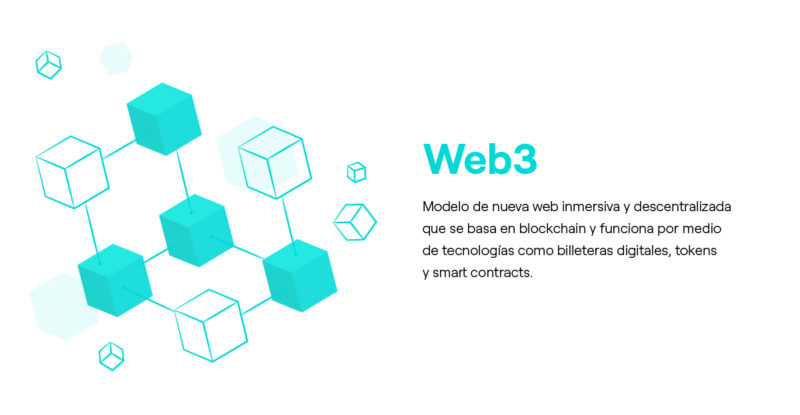
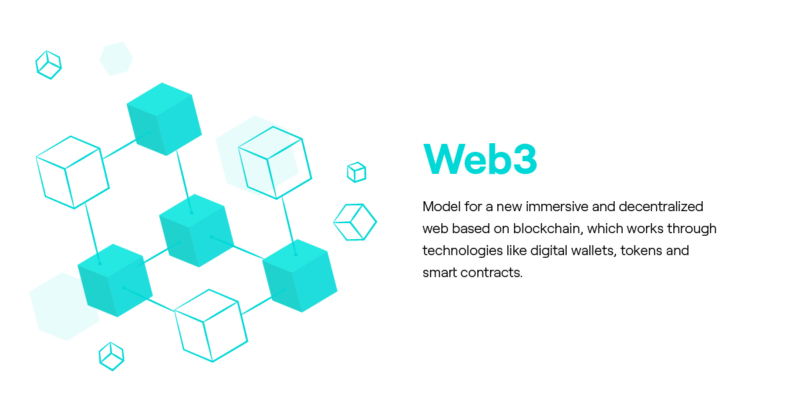
The term Web3 was created in 2014 by Gavin Wood, one of the cofounders of the cryptocurrency Ethereum. It is the 3rd generation of the Internet, which doesn’t only represent an improved version, but also a business model that is totally innovative.
The Web3 concept was created to refer to a digital environment based on blockchain and artificial intelligence technology. In that environment, data property is decentralizedagain, ensuring transparency and security for information.
Within the Web2 reality, imagining a completely different technology is not that simple. To make it easier to understand it, we’ve listed below some of the basic characteristics for Web3:
Registry structure based on blockchain
The blockchain model is used for immutably registering transactions and tracking network assets.
Decentralized information
Data is stored in sort of a public logbook on the network, without any actor handling or controlling it.
Peer-to-peer (P2P) technology
The technology peer-to-peer enables the exchange of resources on an equal basis, directly between several users, eliminating the need for intermediaries and dependence on large platforms.
Improved security
The new technology prevents fraud, attacks and fabrication of ‘fake news’. The entire information flow has a unique, trackable register.
A more democratized Internet
Democratic access to information, more transparency and autonomy for creating content and making transactions.
Read also | Financial inclusion and fraud prevention: How does security in payments contributes to new advances?
How does Web3 work?
Web3 is enabled by existing modern technologies, apart from those that have already been mentioned: blockchain and artificial intelligence. See some of the main ones below:
- Digital wallets: they are responsible for storing data and unique keys for users proving to own digital assets. Through their digital wallet, users can interact with . and tokens.
- Tokens: they are the digital representation for assets in Web3, whether in monetary values or roles. Tokens can also represent existing physical assets in the real world or not.
- Smart Contracts: they are computing programs running on blockchain networks for determining tokens’ behavior. They enable complex software to be built for token transactions, NFTs projects, etc.
What are the trends Web3 brings for the banking and payment industry?
Although Web3 is quickly evolving, its migration is expected to take a few years to complete. Meanwhile, we’ve frequently seen some trends related to the 2rd generation of the Internet. Learn the most important ones in terms of the impact we can see on the means of payment industry today:
Replacing trustees with DeFi
DeFi is computing programs working as protocols for replacing current trustees in that role. Through those protocols, intermediate parties will become less necessary in asset transactions, which are then made directly between participants.
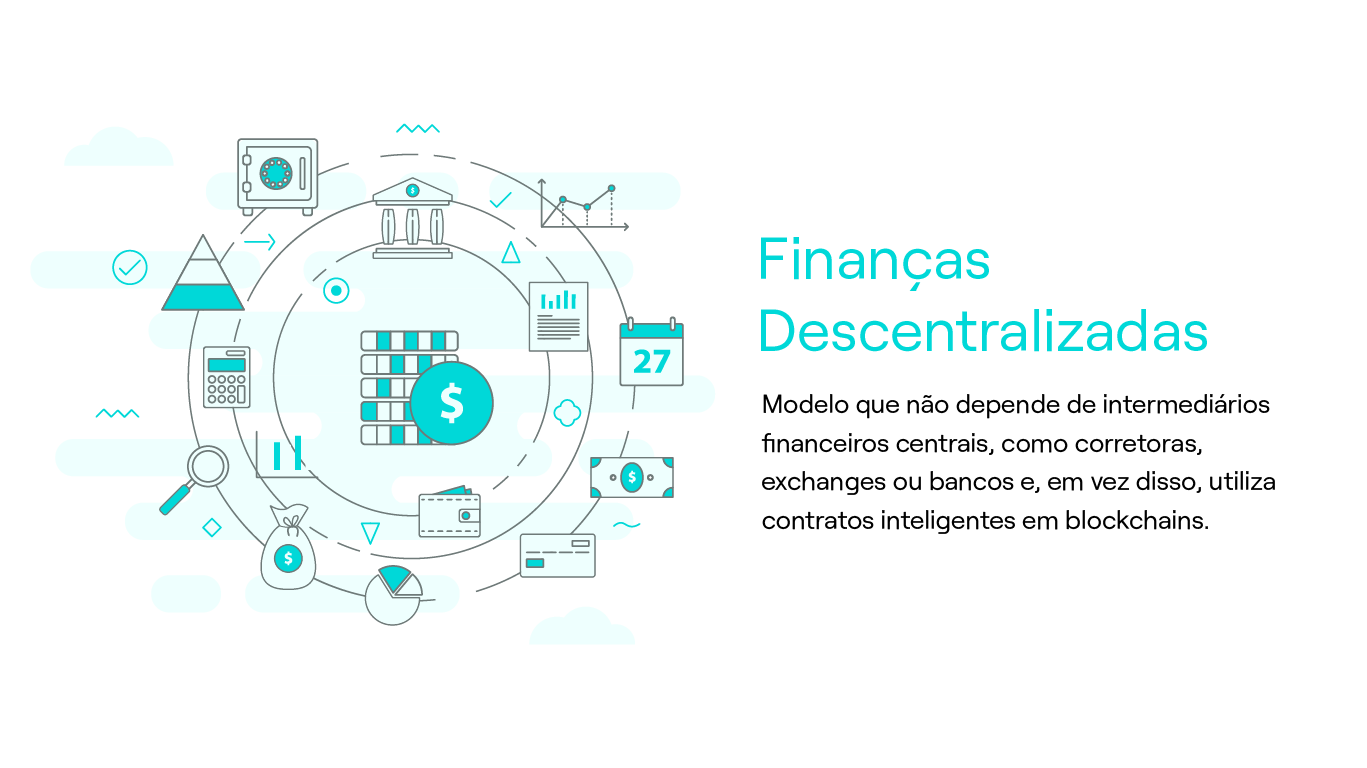
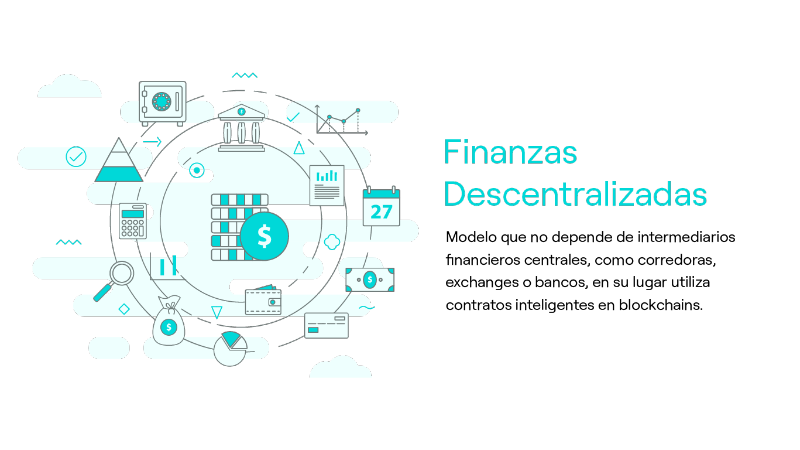
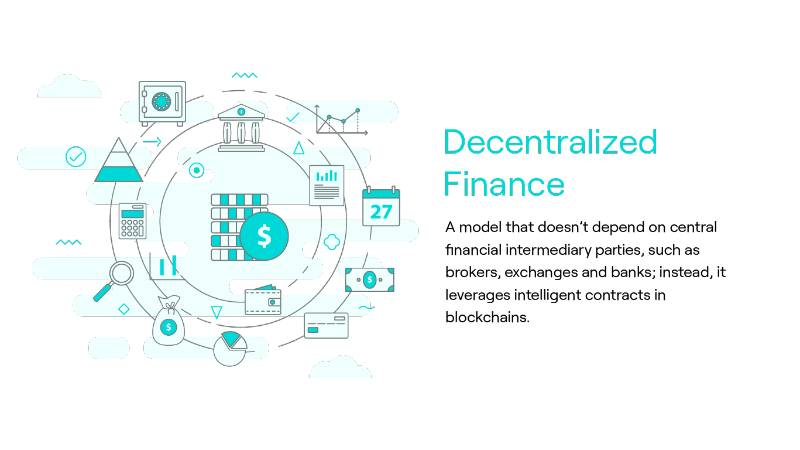
Tokenizing the industry
Assets like debentures or real estate, for instance, are then represented by tokens that can be fractioned in several parts. The ability to make transactions involving fractions of assets without intermediate parties reduces the need to turn to the capital market or banking industry in order to acquire resources.
Negotiating NFTs or non-fungible tokens
NFT transactions already enable artists and content creators, for instance, to directly reach their audience without depending on platforms for delivery and intermediate parties for sales. Major brands like Nike are already experimenting with the model.
Exploring immersive experiences in the metaverse
Apart from representing the physical world in a digital environment, the metaverse also offers the ability to reduce limitations and add digital tools, enabling a true deep dive into the Internet.
That totally immersive experience is expected to revolutionize the way we interact, create, shop and make financial transactions.
Enabling a new organization format in DAOs
The acronym DAO stands for “Decentralized Autonomous Organization”. In practical terms, it simply involves organizations governed by smart contracts with previously set rules, registered in blockchain—so they’re transparent and immutable.
Whether for setting a society for a new entrepreneurial endeavor or focusing on a specific project/purpose, that new organization format provides less hierarchy. There’s no need for a manager, for instance, if all business rules, including in terms of treasury decisions, are already set in a smart contract.
It is then an organization controlled by its members, without a central management influence. Any change in code needs to be go through a vote from all participants in DAO, democratically.
Read also | Open X: What’s next after Open Finance?
What will the future look like with Web3?
Just like it was hard to imagine the advent of the Internet and the impact it would bring to people’s lives across the world, today it’s a challenge to deeply understand what the future will look like from Web50.
After all, we still don’t know all new business models potentially based on Web3 today. There are a number of possibilities to explore.
Getting a glimpse of some of them, the Web3 report by 11FS brings interesting examples. Among those, we’ve highlighted some of the potential uses of the new Internet:
- Any user will be able to grant or receive loans directly from a different user, without having financial institutionas intermediate parties. They will use tokens and smart contracts for registering all transaction rules.
- Unique, innovative products, which only exist in the digital world, will be able to be negotiated and accessed exclusively by the owner of the relevant NFT. For instance, accessing a piece of art or ticket for a very select, limited audience in the metaverse.
- New sources of income will be generated by building and marketing goods and services that only exist in the metaverse. A new production chain, demands for new kills and enablement activities will be developed.
- Innovative entrepreneurial endeavors will emerge through free association in DAOs with members across the world, who don’t even know each other in the real world.
- Immersive interaction will be enabled within the metaverse reality, whether it’s work-related or personal. Individuals will be able to consider, for instance, the possibility to purchase virtual real estate in a specific location of the metaverse, enabling them to live in a community sharing common interests.
See also: Webinar on Web3
In case you still have questions on Web3, check out the webinar video on the topic from FEBRABAN Tech 2022.
During the event, Denis Nakazawa, Managing Director at Accenture, talked about the next stage of the Internet, where digital assets, decentralized finance and the metaverse will be important elements:
Web3: Takeaways from this article
- The demand for decentralized data and a technology enabling browsing without intermediate parties have contributed for a new web to emerge.
- Web1 was mainly focused on content, with little interaction between users, while Web2 has centralized traffic through mega platforms enabling high levels of interaction.
- Web3 is expected to be a digital environment based on blockchain technology and artificial intelligence, where data property is decentralized again.
- The new web’s characteristics also include peer-to-peer technology, improved security and a potentially more democratized Internet.
- It works through digital wallets, tokens and smart contracts;
- Replacing trustees with DeFi, tokenizing the industry and negotiating NFTs or non-fungible tokens are some of the trends Web3 brings to a future financial industry.
Related articles:
- Agritech: 5 opportunities for innovating in agribusiness by relying on financial solutions
- Financial inclusion in Latin America: The scenario and opportunities for fintechs
- Financial inclusion and fraud prevention: How does security in payments contributes to new advances?
- Beyond Banking: How banks and fintechs go beyond the basics and attract clients